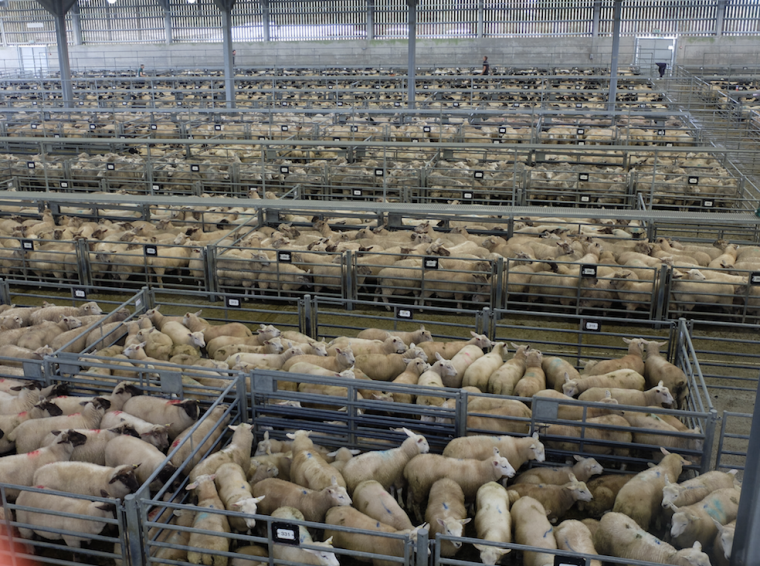The strength of sterling has sucked in cheaper Irish beef to allow retailers, faced with the prospect of tightening national supply, the opportunity to dramatically ease prices back from a good start to the year by creating processing queues that left producers with no option but to take less money! Sheep meat has been hit by same disadvantageous exchange rate but with the impact, this time, on exports.
A more than plentiful supply of hoggets, after a reasonable Easter period, has found little chance of significant export volume and with the new season lamb coming thick and quick on their heels there has been no chance of getting price up to anywhere close to producers needs. Prices are probably some 25% down on 2014 with a lot of good commercial lambs (40 kilograms) down from £100 to £75. Whilst rates were high last year, and we are looking at close to a 20% swing on the exchange, it is still a bitter pill to swallow particularly as economically there seems little likelihood of a swing away from Sterling at least until we get closer to the referendum.
Prime beef, we hope, has now hit the bottom as the predictions of short numbers both sides of the Irish Sea are borne out but we have a lot of ground to make up with major processors having taken 20% out of prices in the last three months as supermarket retailers continued their crusade to reduce prices to consumers to the detriment of producers rather than supermarket margins! In the last week or two we have seen the best cattle improve with more over 200p/kg and the high flyers just over 220p. Smart fleshed native heifers and steers continue to find a solid trade from local butchers keen to maintain their long term loyal consumer base with a quality product. It is a shame that the major retailers are all about themselves, for today and today alone, with no regard for producers, suppliers and, indeed, consumers in the future.
Pigs have been heavily hit by the Russian embargo on European produce and while there has been a little improvement in price, as well as some gain by reduced feed costs it will be down to supply factors that are the only real way out for those valiant producers left in this up and down industry.
Moving away from the gloom there is still good news to be found in plenty of sectors. The store cattle trade, despite the weak beef trade, has been strong throughout and rates, as we move into June, have been accelerated by plentiful grass and shorter numbers. Cull cows have been in demand throughout. Demand for cheaper processing beef is here to stay and with this a confidence from feeders who procuring through the live auction system, that handles the vast majority of culls sold nationally, ensures that competition and quality control benefits producers and processors alike. All grades are handled from the best to the rest with some of the younger purebred beef cows every bit as dear as the prime beef.
Calves, sold every fortnight, reflect the confidant state of the store market. All are in demand with even the purebred dairy calves generally going to rear at present. Rearers in the South East are competing with buyers from further a field no doubt attracted by our clean status in the South East, a fact not lost on our store cattle buyers,many having been frustrated by the different complexion to West Country cattle.
Finally to the cull ewe section that continues to maintain excellent returns with plenty of good strong ewes £100-£120. The diversity of the customer base and the competition that exists for a product of such diversity speaks volumes.
The narrowness of much of our main stream beef and lamb market is its great weakness. We require far more competition at all levels; far more opportunity for entrepreneurial challenges from amongst our small and medium processors; far fewer bureaucratic shackles and costs for all; and more support from industry levy boards with the funding to assist the challengers to the status quo rather than continuing to run with a model that doesn’t`t work for all.




